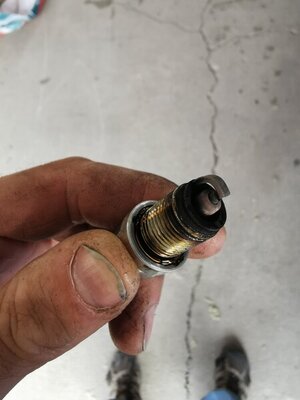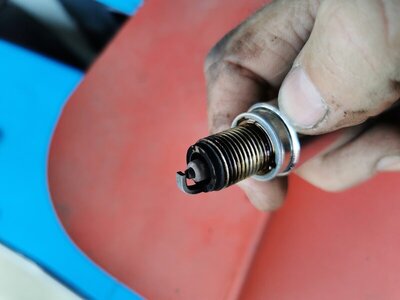Mark1972
Well-Known Member
Ok, so with over 1000 miles on the rebuilt 440, for the first time it was blowing blue smoke during warm up this morning. Not much, but enough I noticed. My wife and I went for a drive for lunch, and there was a trail of blue smoke behind us. We came home. I popped the hood and had a look around, but blue smoke is oil, so what am I going to look at. I did some research and decided to change the PCV valve, even though the one on the engine seems fine, and was basically new. Went for another drive, had some smoke coming from behind, and it eventually stopped. Got home in garage, revved it up and held it around 2500, and this time no smoke. Should I be looking further into this or was I right to guess PCV valve?


















